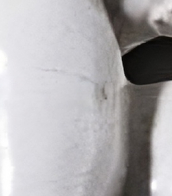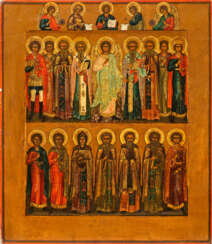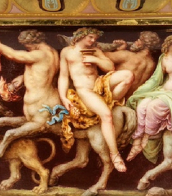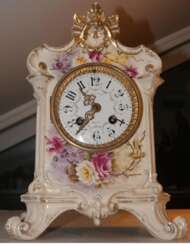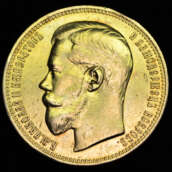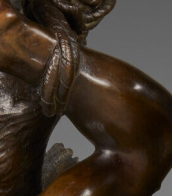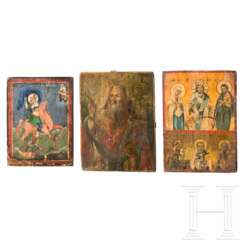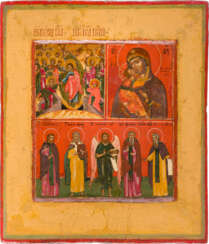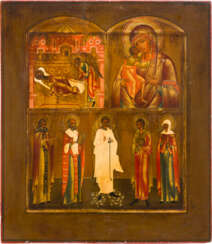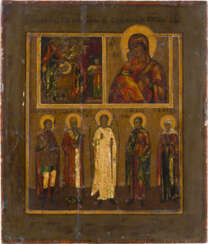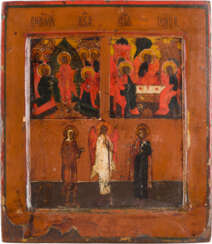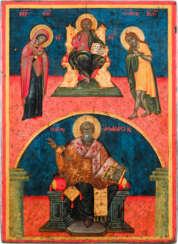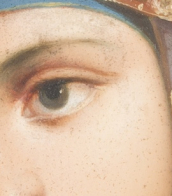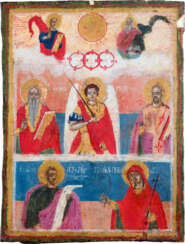22 Items by auctions and galleries:
eifel
Lot 2130 A FINE THREE-PARTITE ICON SHOWING THE DESCENT INTO HELL, THE VLADIMIRSKAYA MOTHER OF GOD
A147: Art & Icons From The Orthodox World - Part 3 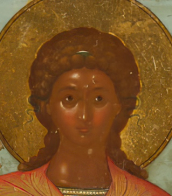

Hargesheimer Kunstauktionen Düsseldorf
A147: Art & Icons From The Orthodox World - Part 3
Date: 26.04.2025 10:00 UTC +01:00
Number of lots in the catalog: 750
Lot 2153 A THREE-PARTITE ICON SHOWING ST. JOHN OGORODNIK (ST. JOHN THE GARDENER), THE FEODOROVSKAYA
A147: Art & Icons From The Orthodox World - Part 3 

Hargesheimer Kunstauktionen Düsseldorf
A147: Art & Icons From The Orthodox World - Part 3
Date: 26.04.2025 10:00 UTC +01:00
Number of lots in the catalog: 750
Lot 2159 A THREE-PARTITE ICON SHOWING THE BEHEADING OF ST. JOHN THE FORERUNNER, THE VLADIMIRSKAYA
A147: Art & Icons From The Orthodox World - Part 3 

Hargesheimer Kunstauktionen Düsseldorf
A147: Art & Icons From The Orthodox World - Part 3
Date: 26.04.2025 10:00 UTC +01:00
Number of lots in the catalog: 750
Lot 2164 A SMALL THREE-PARTITE ICON SHOWING THE DESCENT INTO HELL, THE OLD TESTAMENT TRINITY AND
A147: Art & Icons From The Orthodox World - Part 3 

Hargesheimer Kunstauktionen Düsseldorf
A147: Art & Icons From The Orthodox World - Part 3
Date: 26.04.2025 10:00 UTC +01:00
Number of lots in the catalog: 750
Lot 2025 A LARGE TWO-PARTITE ICON SHOWING ST. JOHN THE FORERUNNER FLANKED BY THE PROPHET ELIJAH AND
A147: Art & Icons From The Orthodox World - Part 3 

Hargesheimer Kunstauktionen Düsseldorf
A147: Art & Icons From The Orthodox World - Part 3
Date: 26.04.2025 10:00 UTC +01:00
Number of lots in the catalog: 750


